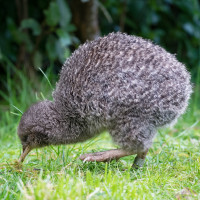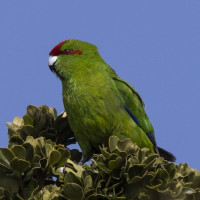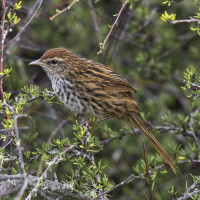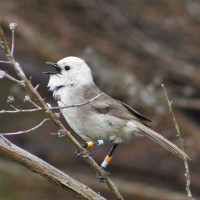Description
Protected by a 1.7-kilometre long predator-proof-fence, Shakespear Regional Park offers a sanctuary to rare New Zealand invertebrates (such as the beautiful green Pūriri moth), lizards, and of course birds. It is thus an excellent birding place that is both close to Auckland and on the mainland. Special species that can be encountered include Kākāriki (Red-crowned Parakeet), Pōpokotea (Whitehead), North Island Robin as well as, at night, Little Spotted Kiwi. At the duck pont, there are good chanced to spot Mātāta (New Zealand Fernbird), Pāteke (Brown Teal), and hear (or even see) Pūweto (Spotless Crake).
At Shakespear Beach, you can go for a swim, wind and kite surf, and use the free BBQs. It is also possible to camp within the park, stay with a campervan, or in the YMCA Lodge. Note that dogs are strictly prohibited in the open areas of the Sanctuary, though they can be taken along to the beach.
Details
Access
The park is situated about 50 km or a 40 min drive North of Auckland city. It is also possible to get there by public transport. There is parking available outside the fence directly next to the duck pond and another one within the park at Shakespear Beach.
There is a network of mostly gravel road through the park that can be explored by foot and by bike. The Heritage trail through the foresty area can only be explored walking and contains several steps.
Terrain and Habitat
Forest , Wetland , Beach , Agriculture , Sea , Reedbeds , Scattered trees and bushesConditions
HillyCircular trail
YesIs a telescope useful?
Can be usefulGood birding season
All year roundBest time to visit
Summer , SpringRoute
Unpaved road , Narrow trailDifficulty walking trail
Average walkAccessible by
Foot , BicycleBirdwatching hide / platform
NoExtra info
Little Spotted Kiwi have been reintroduced to the area and if an overnight stay on Tiritiri Matangi is not possible, then the Shakespear Regional Park is currently the only place where they can be found in the Auckland region.



